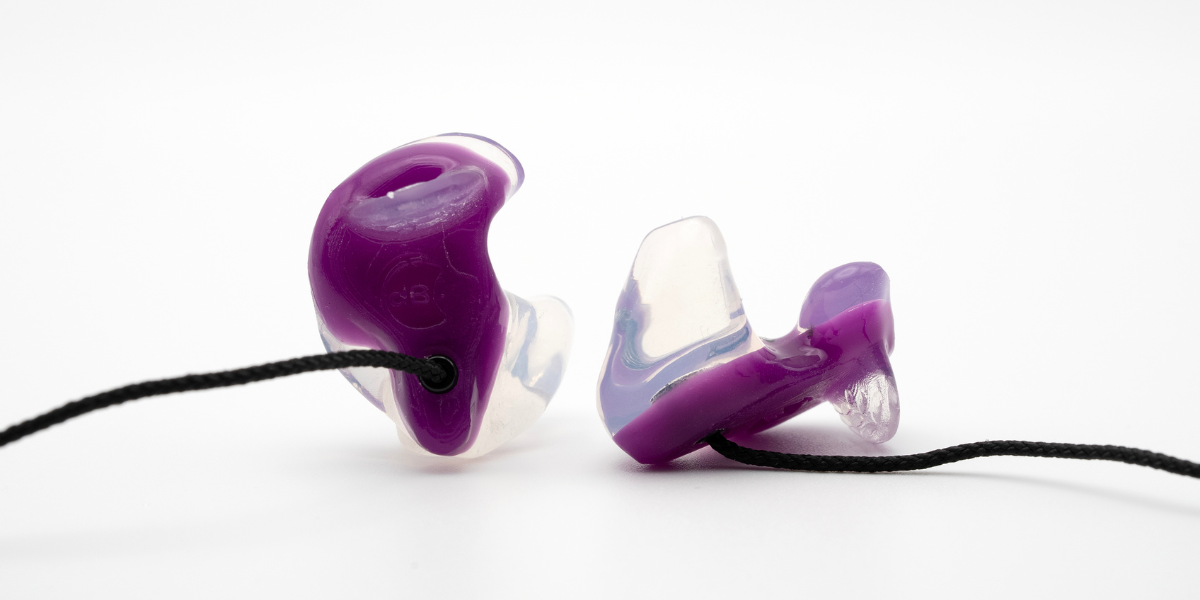Did You Know? The Most Common Workplace Injuries Are Hearing-Related

Trends in North American Workplace Injuries
Workplace injuries in the United States have declined in the last few years (down 8.4% in 2022-2023). Unfortunately, the same is not true for Canada. According to OHS Canada, Canadian workers generally have a significantly higher risk of workplace injury than American workers, with construction, manufacturing, transportation and warehousing making it into the top 5 industries with the most injuries.
Despite improvements, hearing loss remains a common workplace injury in both countries and in many industries. Each year, approximately 22 million and 11 million workers are exposed to hazardous noise in the US and Canada, respectively. In this article, we’ll explore why hearing loss is so common and the best ways managers can combat hearing loss in the workplace.
Why Are Workplace Hearing Injuries So Common?
Hearing injuries are common for three main reasons:
- Almost all industries are noisy and have some level of hearing risk, with some having a much higher risk than others
- Everyone has ears, and so it can affect workers of all ages
- Many people with mild hearing damage may not know they have it
These three factors combined result in a workforce with a great risk for hearing-related injuries. Let’s break down each of these factors separately to understand the prevalence of hearing loss.
While noisy jobs like the ones listed above are widely labeled as “high-risk,” according to the National Institute for Occupational Safety and Health (NIOSH), no industry is exempt from possible damage to hearing health. Even in silent offices, it is common for employees to wear headphones seeking to drown out background noise.
Hearing loss is also a concern because it can affect anyone at any age. From young gardening crews to more experienced employees with 25-plus years at a manufacturing company, if noise is above 85 decibels, they are at risk. While older individuals are more likely to experience symptoms, hearing loss can start at any age.
Finally, even with educational awareness, early signs of hearing loss can be minimal and hard to detect. In a study from Health Canada, researchers asked participants to self-report hearing impairments. Of the group, only 8% of men and 5% of women reported experiencing hearing loss. After performing routine hearing tests, researchers found a measurable amount of hearing loss in 63% of those same men and 46% of the women.
As an “invisible” injury, proper testing is the only way to identify the degree of hearing loss an employee has and allow them to receive the treatment necessary to continue working.
The Best Way to Combat Workplace Hearing Loss
Occupational hearing loss is a permanent but entirely preventable condition. With today’s hearing conservation strategies and technology, managers are more equipped than ever to protect their employees.
So, what can employers do to combat workplace hearing loss?
Companies can:
- Educate employees on hearing risk
- Conduct regular hearing tests
- Monitor and report noise levels
- Design quiet workplaces
- Implement comprehensive hearing protection programs
Offering employees workplace protection that is comfortable and effective doesn’t have to be complicated or time-consuming. And, it’s one of the best ways to guarantee your workers are taken care of!
Custom hearing protection, like dB Blockers by Protect Ear, is created with your industry in mind. Whether your workers need vented earmolds that facilitate communication or are looking for easy insertion and removal with dirty hands, dB Blockers offer complete protection, all-day comfort and the ability to customize to meet your employees' needs.
Hearing loss is common, but with the right protective measures, it is completely preventable. By ordering a sample kit of our dB Blockers, you’re taking the best step to protect your workers. Learn more about the advantages and disadvantages of custom hearing protection with Protect Ear.




